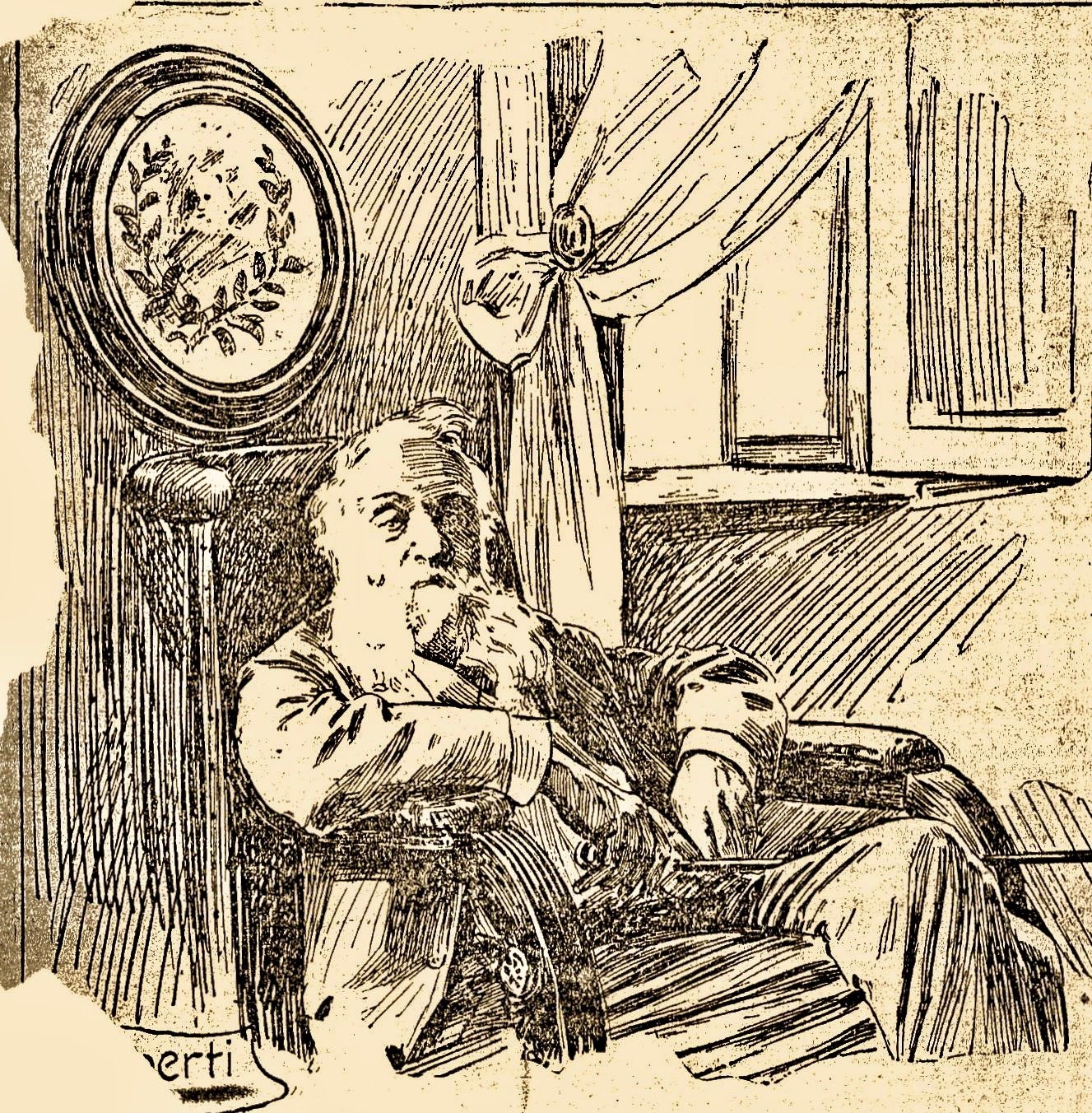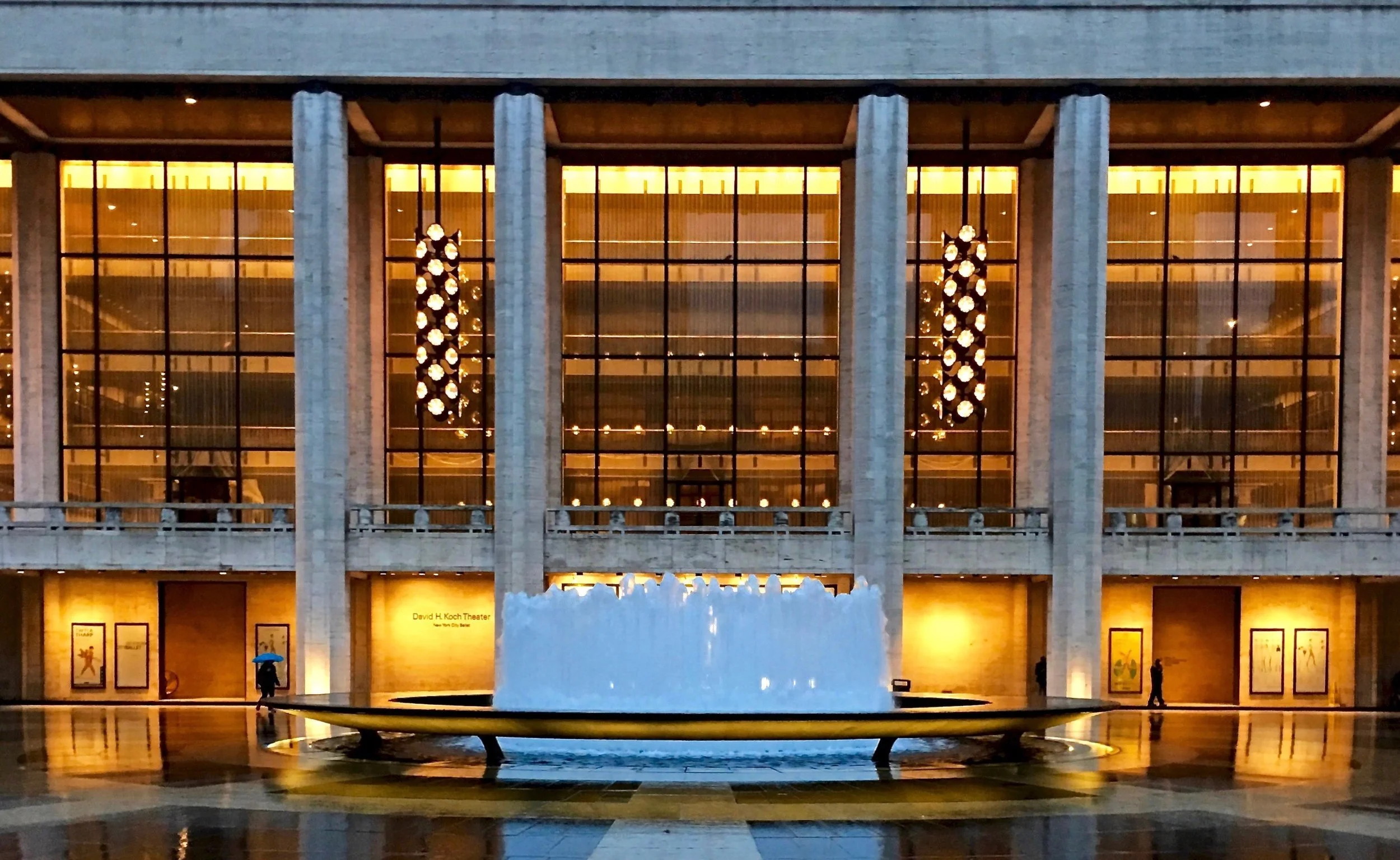
ABOUT ME
Hello
I’m Daniel, a voice teacher, a miner of pedagogical gold, and an author in New York City. My last name, Shigo, is Hungarian, pronounced [shy-go], and was Anglicized courtesy of Ellis Island.
Born in Pittsburgh and raised in Bilbao and Valencia, I’ve been fascinated with the voice since I heard my mother sing Edelweiss in a clear, lyric soprano, and my father gave me a 1920s Victrola. A boy soprano, I began studying as a bass when I was seventeen and appeared as the Mikado in Gilbert and Sullivan’s comic opera. Wanting a singing career and needing a backup plan, I went to a small college in the Midwest for a music education degree, taught public school for a few years, then pursued a master’s degree at Westminster Choir College and met Margaret Harshaw.

My journey
An imposing Wagnerian, Margaret Harshaw had been a student of Anna Eugénie Schoen-René, a famous voice teacher at Juilliard who studied with Pauline Viardot-García, Manuel García, and Francesco Lamperti.
Working with Harshaw over a succession of summers was life-changing. It brought about my debut as baritone soloist in Fauré’s Requiem with the Festival dei Due Mondi in Spoleto, Italy; a twenty-three-season career with New York City Opera where I sang everything from Schoenberg’s Moses und Aron to Sondheim’s Sweeney Todd; and seven seasons filled with Wagner, Verdi, Britten, and Puccini at the Metropolitan Opera.
Altogether, I sang sixty-four solos at NYCO and appeared in one hundred-four productions, along with countless performances with the Opera Orchestra of New York, Opéra Français de New York, and the New York Philharmonic—the latter as a member of the New York Choral Artists.
Extensive study of Harshaw’s lineage and the teaching of Anna Eugénie Schoen-René has led me to become the founding editor of VOICEPrints—The Official Journal of the New York Singing Teachers Association and discover Hermann Klein’s singing manual. I have also received a generous four-year grant from the Agnes Varis Trust to complete research for a book that reveals proprietary teachings of the Garcia and Lamperti singing schools.

My story
A New York City Opera Guild friend called me one morning, saying, “They are having auditions. You’d be perfect. Why don’t you call the office?” So I did and was told, “Today is the last day, but there is an opening at 12:30 p.m.”
I threw on a suit, grabbed a score, and jumped on a train from New Jersey to Manhattan. In an hour and a half, I was warming up in a bathroom in the bowels of the State Theatre at Lincoln Center, then singing the first of three auditions that culminated in an onstage audition for general director and coloratura soprano Beverly Sills.
I will forever remember the legendary singer, red hair aflame above a beaming smile, nodding approval and saying “Thank you!” after I had finished singing “Non piu andrai” from Mozart’s Le Nozze di Figaro. I knew I’d nailed it and left the stage in euphoria. When I later told Harshaw I’d joined the company, she said: “Well, now you are in the thick of it! How long are you going to sing in the chorus?”

Alfred Tomatis
Alfred Tomatis has had a profound influence on me. A pioneer in Psychoacoustics who founded the field of audiopsychophonology, my two-decade experience with his work has enabled me to understand the principles of bel canto uniquely, develop innovative tools that transform the voice, and is represented in my studio’s logo by a Fibonacci spiral. See the Awakened Ear Workshop.


